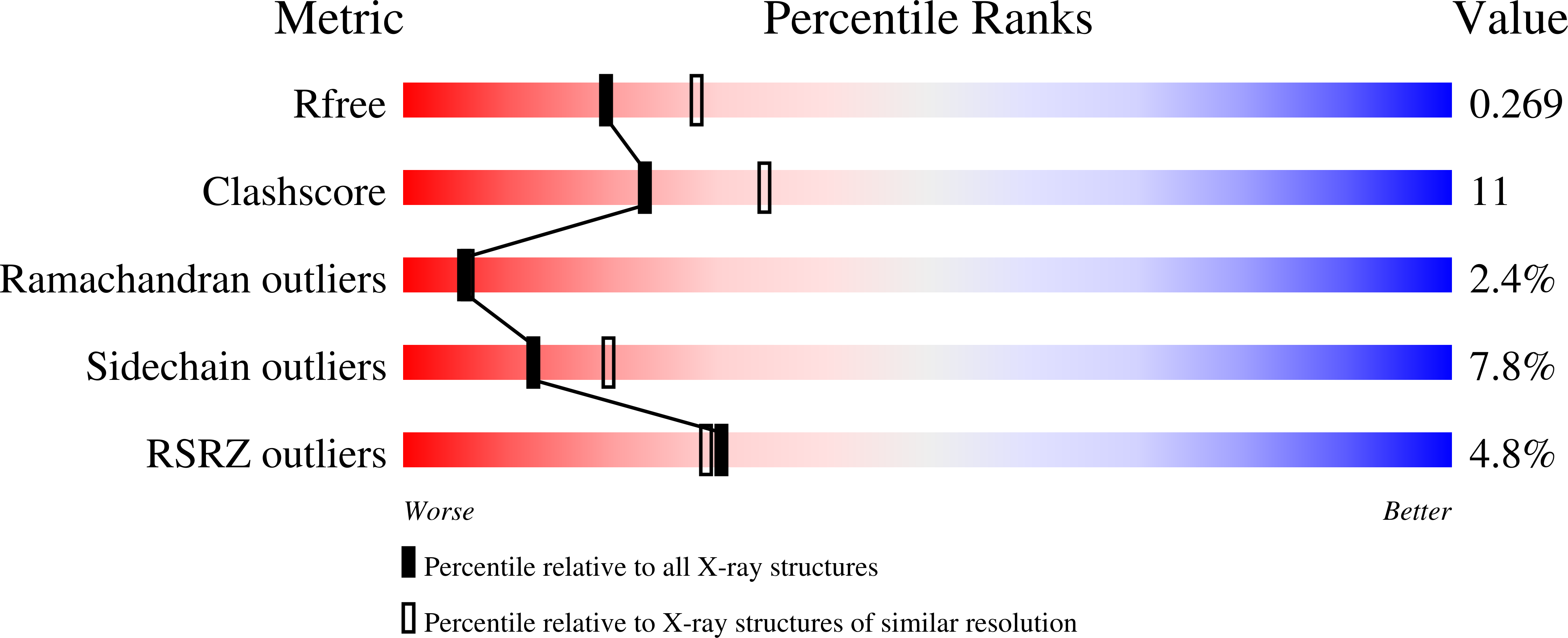
Deposition Date
2007-07-20
Release Date
2008-11-11
Last Version Date
2024-11-06
Entry Detail
PDB ID:
2QOJ
Keywords:
Title:
Coevolution of a homing endonuclease and its host target sequence
Biological Source:
Source Organism:
Host Organism:
Method Details:
Experimental Method:
Resolution:
2.40 Å
R-Value Free:
0.27
R-Value Work:
0.21
R-Value Observed:
0.21
Space Group:
P 1 21 1


